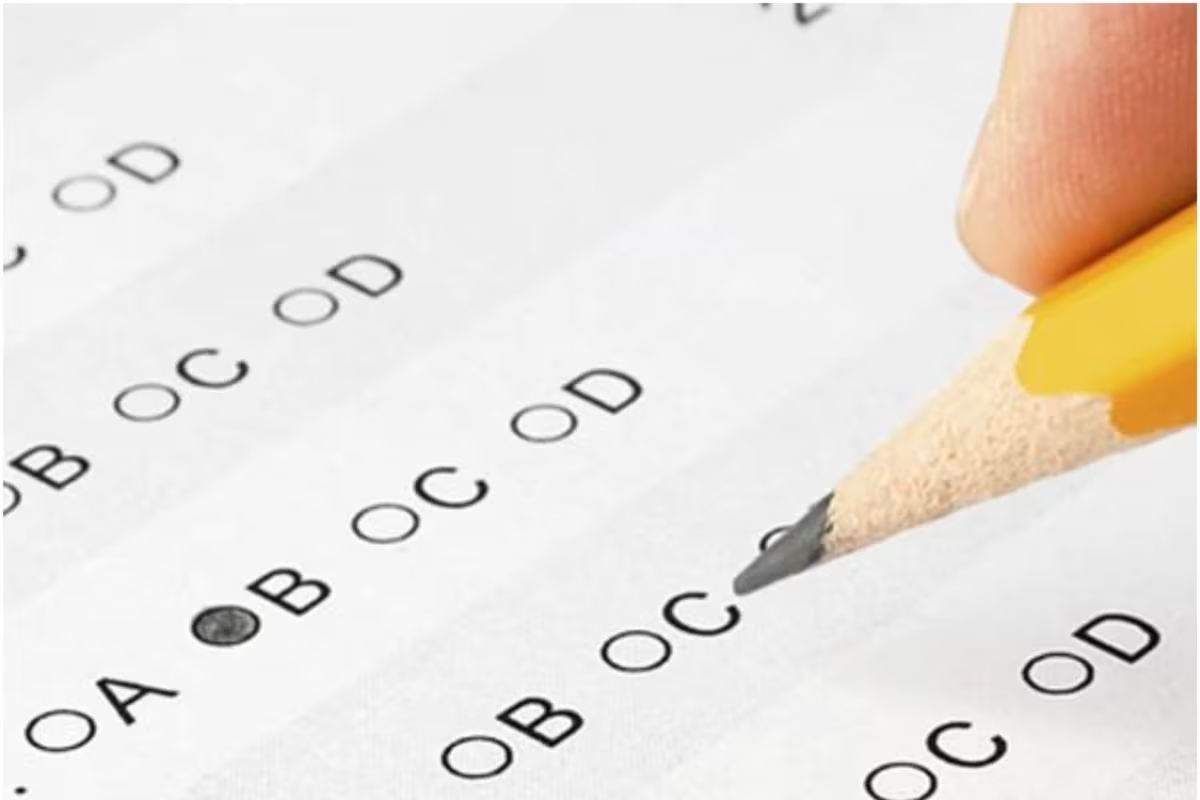The UPSC Civil Services Examination stands as an emblem of
prestige and challenge within India's competitive landscape. The initial phase
of this assessment, the Preliminary Examination, encompasses two papers:
General Studies Paper I and General Studies Paper II (CSAT). Within this
examination, a critical aspect candidates must navigate adeptly is negative
marking. Proficiency in managing negative markings can significantly enhance
one's prospects of triumph in the UPSC Prelims. This article delves into
indispensable guidelines for managing negative marking effectively, providing a
comprehensive set of do's and don'ts to empower candidates in confidently
addressing this challenge.
Do's: Strategies to
Mitigate Negative Marking
Thoroughly Understand
the Syllabus:
Before embarking on your preparation journey, ensure an
exhaustive grasp of the syllabus. This grasp aids in concentrating on pertinent
topics and refraining from attempting questions that might fall beyond the
examination's purview.
Read the Question
Carefully:
Devote ample time to meticulously peruse each question,
apprehending its essence. Occasionally, queries might harbour nuanced
subtleties that bear significance on your response.
Time Management:
During the examination, exercise astute time management.
Evade becoming ensnared by any single question for an excessive duration. In
cases of uncertainty, earmark questions for review and proceed to the
subsequent ones. This guarantees the tackling of as many questions as possible
within the stipulated timeframe.
Elimination
Technique:
When faced with uncertainty regarding the
accurate answer, engage in the elimination technique. Eliminate options manifestly
incorrect, subsequently basing your calculated conjecture on the remaining
alternatives. This methodology heightens your likelihood of selecting the
correct response.
Practice Mock Tests:
Regularly engage in mock tests and peruse prior years'
question papers. Such practice accustoms you to the exam's structure, enhances
time management prowess, and elevates self-assurance.
Strategic Guessing:
In cases of uncertainty, when faced with negative marking Guess Strategically. However, if you can
definitively negate one or two options, your chances of guessing accurately
increase.
Don'ts: Pitfalls to
Steer Clear Of
Random Guessing:
While educated conjecture is commendable, shun utterly
arbitrary suppositions. Choosing an option sans foundation risks incurring
avoidable negative marking.
Overthinking:
While scrutinizing questions is pivotal, circumvent
excessive analysis that begets confusion. Sometimes, your initial intuition
proves accurate, and veering from it jeopardizes accuracy.
Ignoring Negative
Marking :
Some aspirants disregard the concept of negative marking and
address all questions indiscriminately. This strategy seldom bears fruit and
frequently causes more harm than good.
Last-minute Changes:
Refrain from modifications to your responses unless
absolute certainty underscores the change. Frequently, your preliminary choice
stands correct, and alterations introduce unwarranted deductions.
Skipping Mock Tests:
Neglecting mock test practice deprives you of invaluable
exam-like conditions. Mock tests not only acclimate you to the format but also
serve to fine-tune your strategies.
Conclusion
Proficiently managing negative marking in the UPSC Prelims
demands a synergy of meticulous analysis, strategic conjecture, and exhaustive
preparation. Adhering to the dos while sidestepping the don'ts enumerated in
this discourse enables candidates to confidently navigate this challenge and
optimize their triumph chances. The maxim remains that preparation forms the
bedrock, and a well-informed stance empowers you to deftly address negative
marking while engaging in the Preliminary Examination. Best of fortune in your endeavours!

